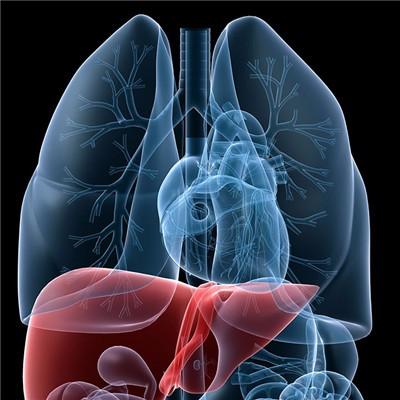What symptom does cervical vertebra hyperplasia have how to treat
summary
As we all know, not everyone can meet cervical hyperplasia. The onset age of cervical spondylosis has been advanced from 40 to 30 years old. We must treat it in time and become a real white-collar occupational disease. Instead of waiting until after the cervical spine injury to accept long-term treatment, it is better to take the initiative, take the initiative to move every day, so that they stay away from the pain. What symptom does cervical vertebra hyperplasia have? How to treat tell everybody.
What symptom does cervical vertebra hyperplasia have how to treat
First, cervical spondylosis is a conventional term, which is defined as a disease with various symptoms and / or signs caused by cervical disc degeneration itself and its secondary changes, stimulation or compression of adjacent tissues. At present, the common types of cervical spondylosis are nerve root type and spinal cord type.

Second: cervical spondylotic radiculopathy is the most common type of cervical spondylotic radiculopathy, which is mainly caused by cervical disc degeneration and its secondary changes oppressing the spinal nerve roots. The typical symptoms are radicular pain and muscle dysfunction, including neck shoulder and upper arm pain, numbness, inability to complete fine movements, shoulder or upper arm muscle weakness, muscle atrophy, etc. The vast majority of patients with cervical spondylotic radiculopathy can achieve curative effect through conservative treatment.

Third: cervical spondylotic myelopathy accounts for 10% - 15% of cervical spondylosis, which is mainly caused by the compression of the spinal cord, resulting in numbness of the body parts corresponding to the compressed nerves and the decline of muscle strength. The clinical manifestations were bilateral or unilateral lower limb numbness, and gradually appeared to be faltering, easy to fall, cotton feeling on both feet, chest binding feeling and so on. Serious * will appear two incontinence, urinary retention and other symptoms. Due to the severe symptoms of cervical spondylotic myelopathy, delayed treatment often develops into irreversible nerve injury, so once diagnosed, surgical treatment should be carried out as soon as possible.

matters needing attention
For patients with cervical spondylotic myelopathy, once the spinal cord compression occurs, the symptoms will become more and more serious. In the long run, conservative treatment can only treat the symptoms but not the root cause. In addition, the longer the patient's condition, the worse the postoperative effect. Therefore, patients with cervical spondylotic myelopathy should be operated as soon as possible.















